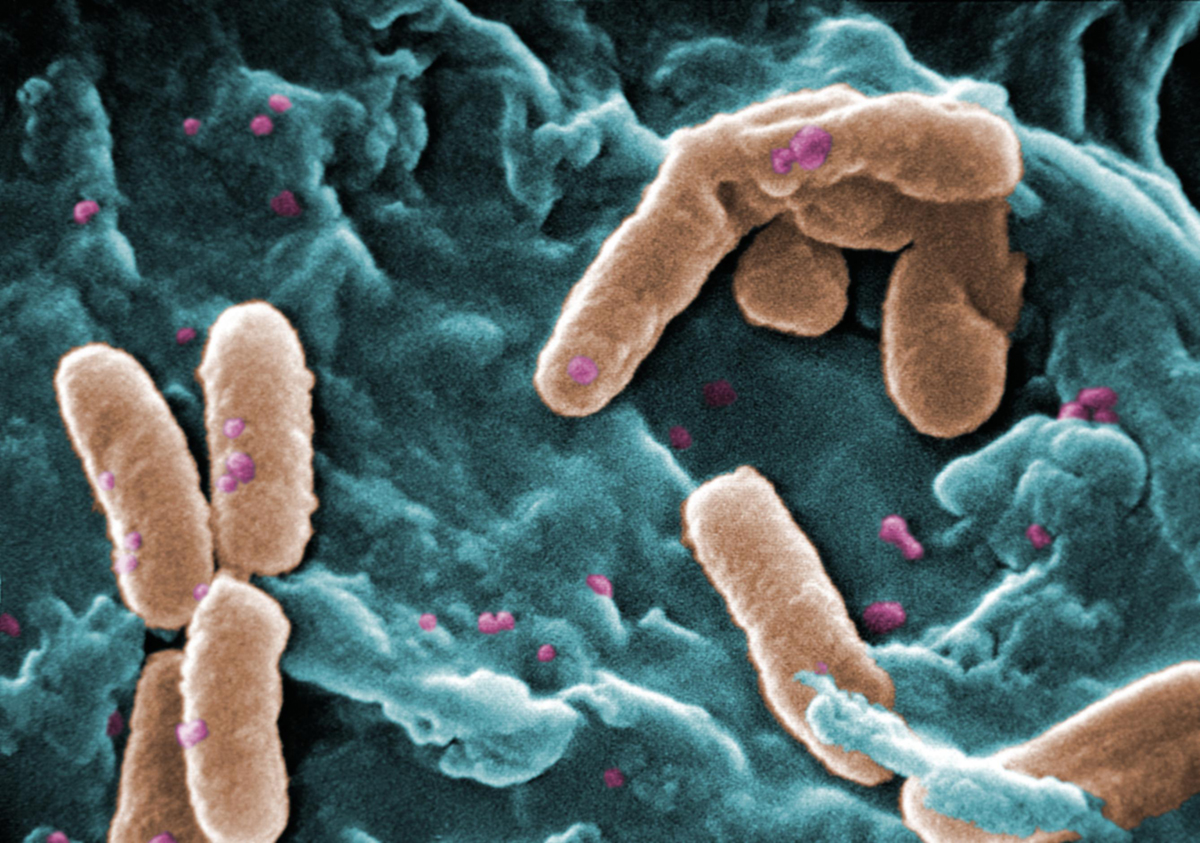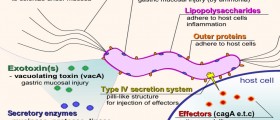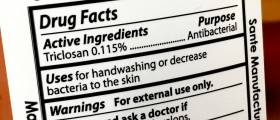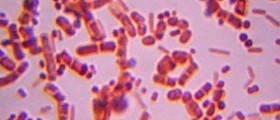
Pseudomonas aeruginosa is a bacterium normally found in water, soil and moist places. It is a common culprit of infections in people with weak immune system and those suffering from chronic illnesses. There are different infections caused by this particular pathogen. They are all severe and require aggressive treatment.
Causes of Pseudomonas Aeruginosa Infection
Even though Pseudomonas aeruginosa may affect healthy people it usually causes infections in people with weak immune system. This particularly refers to people suffering from AIDS and cancer. Furthermore, this bacterium also affects children suffering from cystic fibrosis and cause serious breathing problems. The bacterium is commonly found in the hospitals and this is why hospitalized people are at higher risk of being infected with Pseudomonas aeruginosa. The infection can spread via foods and medical equipment.
The very bacterium is resistant to many antibiotics and this may sometimes cause difficulties in its eradication. The incubation period for infection caused by Pseudomonas aeruginosa is from 1 to 3 days. The bacterium may enter the body after contamination of the wounds, via urinary catheters etc.
Symptoms of Pseudomonas Aeruginosa Infection
The symptoms of the infection vary according to the affected organ. In case the bacteria enter the blood stream the patients complain about fever, fatigue, muscle and joint pain. If the infection affects bone the infected area is swollen, red and painful. In case of ear infection caused by Pseudomonas aeruginosa the patient complains about pain in the ear and in severe cases there is a reduction in hearing ability and facial paralysis. Eye infection caused by this bacterium features with swollen eyelids, pain and reduced vision. Lung infections commonly include cough and breathing difficulties.
Diagnosing Pseudomonas Aeruginosa
The diagnosis of infection caused by Pseudomonas aeruginosa can be set after laboratory examination of the swabs taken from the infected site. If the infection occurs in a hospital it is highly likely that it is caused by Pseudomonas aeruginosa and this is why doctors tend to treat the infection immediately with antibiotics against this particular infective agent even prior definitive confirmation of the infection.
Treatment for Pseudomonas Aeruginosa
Since Pseudomonas aeruginosa is resistant to many antibiotics the treatment may sometimes be very difficult. The doctors opt for a combination of two or even more antibiotics in order to eradicate bacterium. These medications are administered either orally or intravenously. Surgical treatment is indicated only in case of skin infections and if the tissues have been severely damaged by the infection. Surgery may be also necessary in eye, heart, ear, bone and joint infection caused by Pseudomonas aeruginosa.

















Your thoughts on this
Loading...